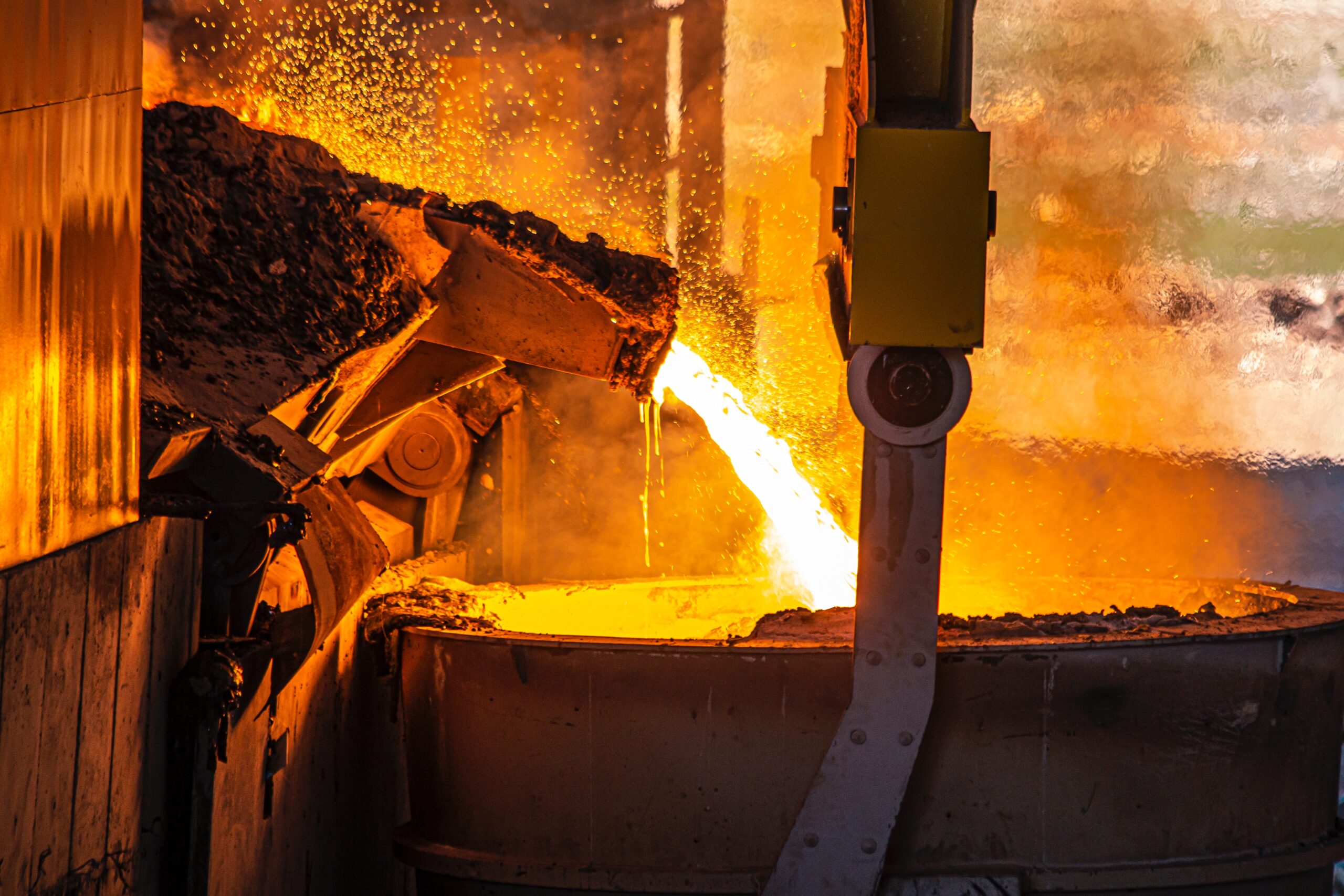In yet another show of great interest by major industry giants to take part in the production and promotion of green H2, two major companies are set to partner in a big project in Europe. The two, Iberdrola and a leading Swedish H2 Green Steel companies have announced their plans to work together. Their major interest is to set up a big facility that will produce green H2 for use in many applications, sectors, or industries in Europe.
Green H2 has been identified as a possible replacement for carbon-emitting fossil fuels. It can be used in a wide array of applications to effectively provide energy without any worry of any negative effects on the environment. Interestingly, there are many ways to produce green hydrogen. That possibly might be one of the drivers of the growing interest in its production and use.
While making the plan public, the upcoming partners said that the project is estimated to cost $2.6 billion. Its financing will come from several sources, including the public, a mixture of equity, and, of course, also from green project financing. All the resources from these sources will be directed to the setting up of a facility with a capacity of 1 gigawatt, possibly one of the largest capacities in Europe and even elsewhere.
The idea behind the partnership is that the green H2 that the facility will produce will be utilized in many ways in different industries. For instance, it will be used to produce approximately 2 million tons of direct reduced iron that will help in the production of steel. Similarly, the energy produced will also be utilized in many other direct and indirect industrial processes.
The proposed facility will be located at the Iberian Peninsula, but the specific site is yet to be identified. Once everything is set and all requirements are met, the production of green H2 is expected to kick off either in 2025 or 2026. The two companies will co-own and co-operate in running the facility in line with the plans. More specifically, Iberdrola will be responsible for supplying renewable energy to the site, while H2 Green Steel will own and also operate the DRI production unit.
According to the partners and those in charge of the facility, the project is a “…critical technology in the efforts to decarbonize industrial processes…,” such as those involved in the production of steel. This was said in a recently released statement by Aitor Moso, business director at Iberdrola. He further added that with the emergence of such projects and the willingness by companies to offer support, green H2 production will no doubt be competitive soon.
Currently, the steel sector is one of the leading users of coal. At least, 75% of the energy used in the sector is supplied by coal. That’s what makes the sector one of the leading emitters of carbon. So, with the use of green H2, it is estimated that there will be a significant reduction in the amount of carbon-dioxide emissions to the environment.
Overall, the production and supply of green H2 is still developing and will soon attain the commercial status like other energy sources. The attention it enjoys now is because of its great potential and the perceived benefits to the environment especially if the electrolysis process that produces green H2 is powered using renewable energy sources. Probably in the next few years, it will have replaced the current fossil fuels used in many sectors and industries which of late have been forced to find environmentally friendly alternatives.


